
Viking Classic Greece Pre-Cruise Extension Review – Great Way to Increase Knowledge
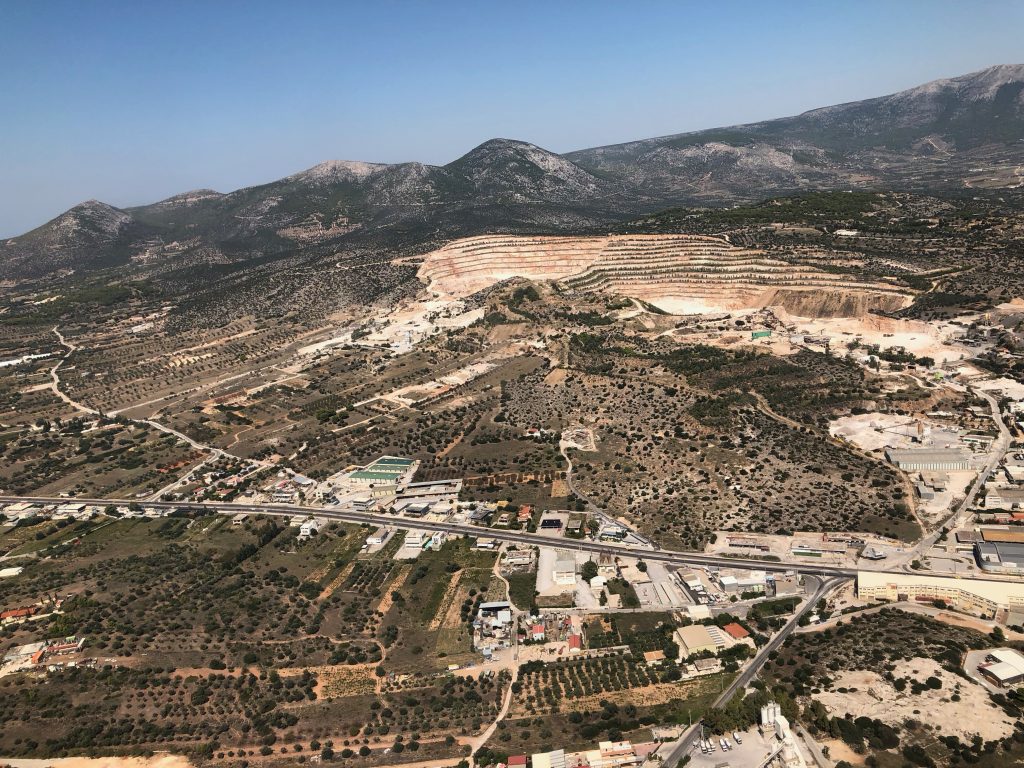
We learned a great deal before we got on the ship. Viking Cruises pre-cruise extension in Athens, Greece was four nights and five days of time to learn, touch, and taste modern and ancient Greece before the official Passage To India trip began in Athens in August, 2018. We learned about the history and culture of this cradle of Western Civilization and experienced the sights and sounds of the area.
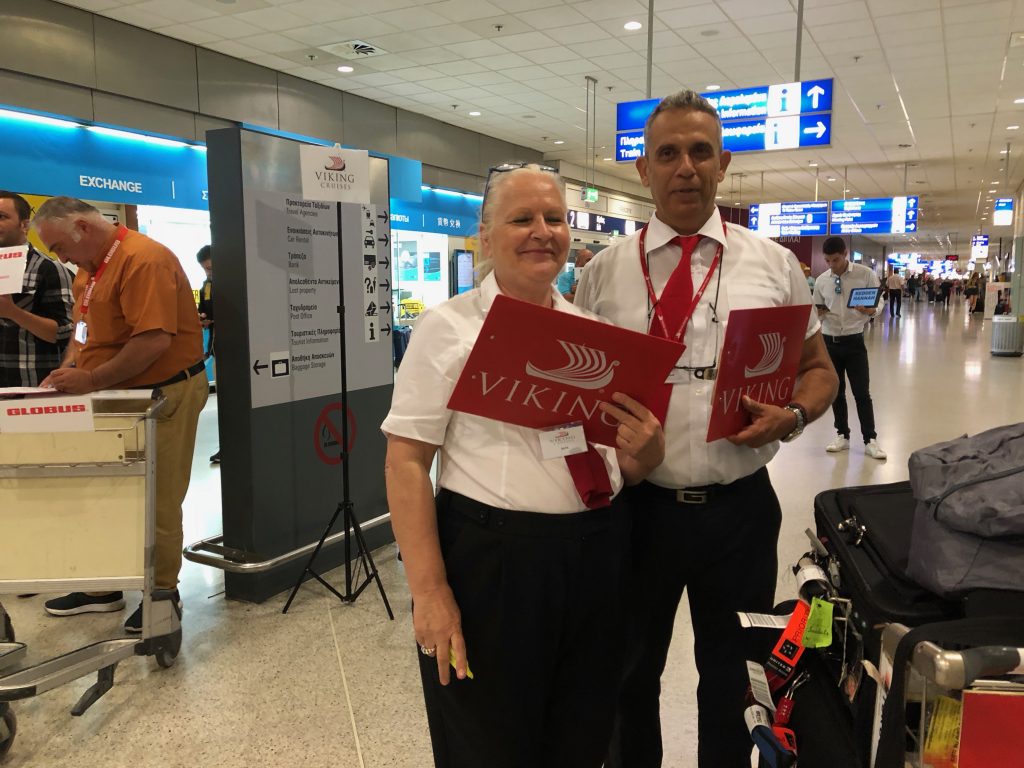
We are returnees to Viking Cruises because of our past positive experiences. So it was no surprise to us that Viking representatives were waiting for us once we claimed our luggage at the Athens International Airport. We and about two dozen others who had just arrived were escorted to the air- conditioned bus and 30 minutes later we checked in to our modern accommodations at the five-star Athens Hilton.
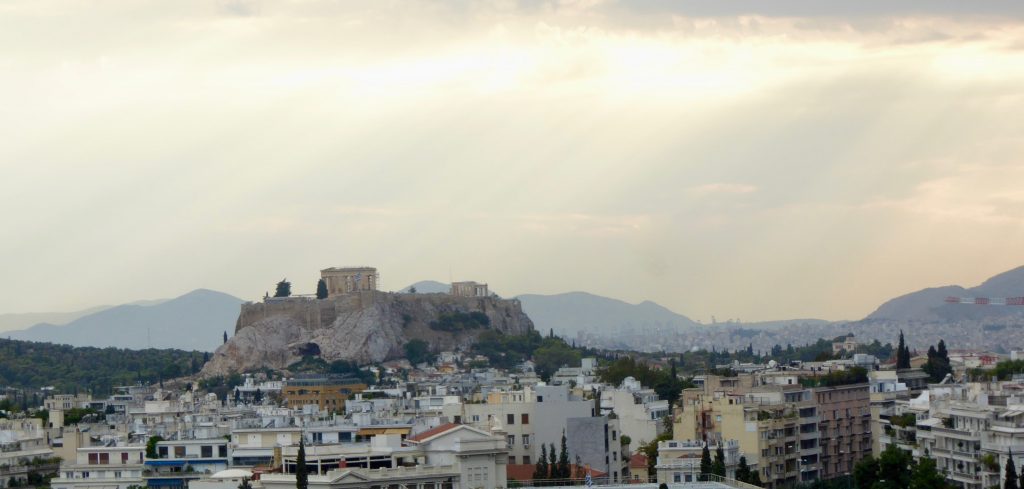
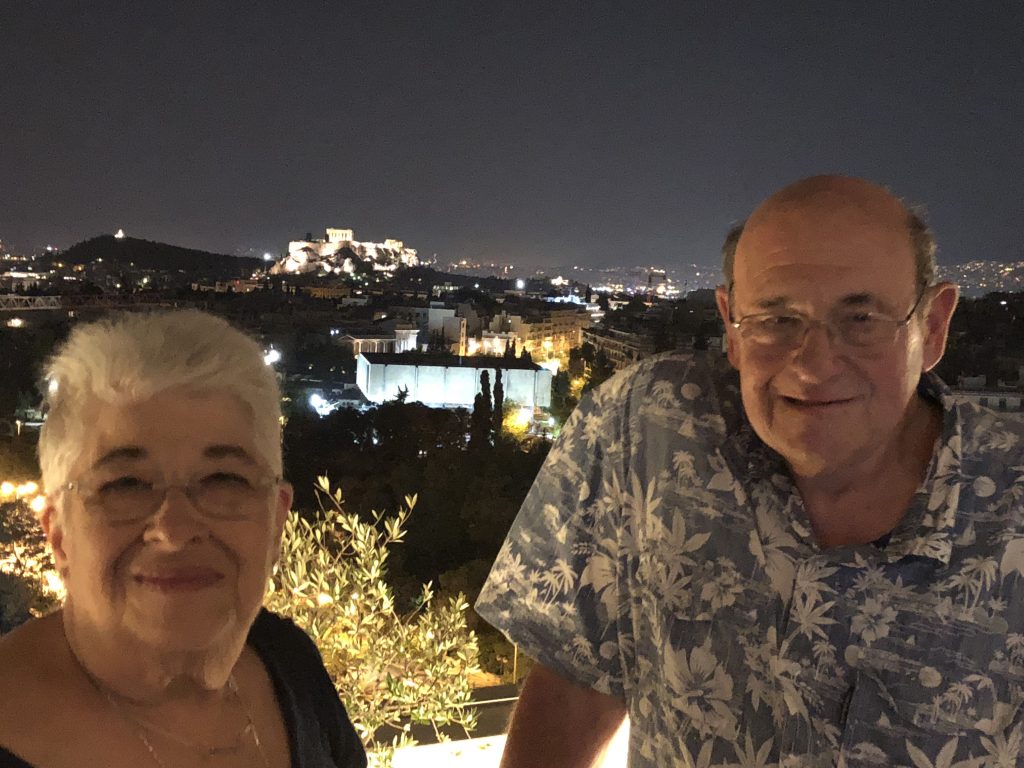
We settled in and geared up for the next morning when our adventure would begin. After a delicious buffet filled with American standards and Greek traditional breakfast faire, we met Eva, our Grecian Guide. Her depth of knowledge was impressive and she was readily available to answer all our questions. She had an extensive grasp of Greek mythology; her stories enhanced our experience.
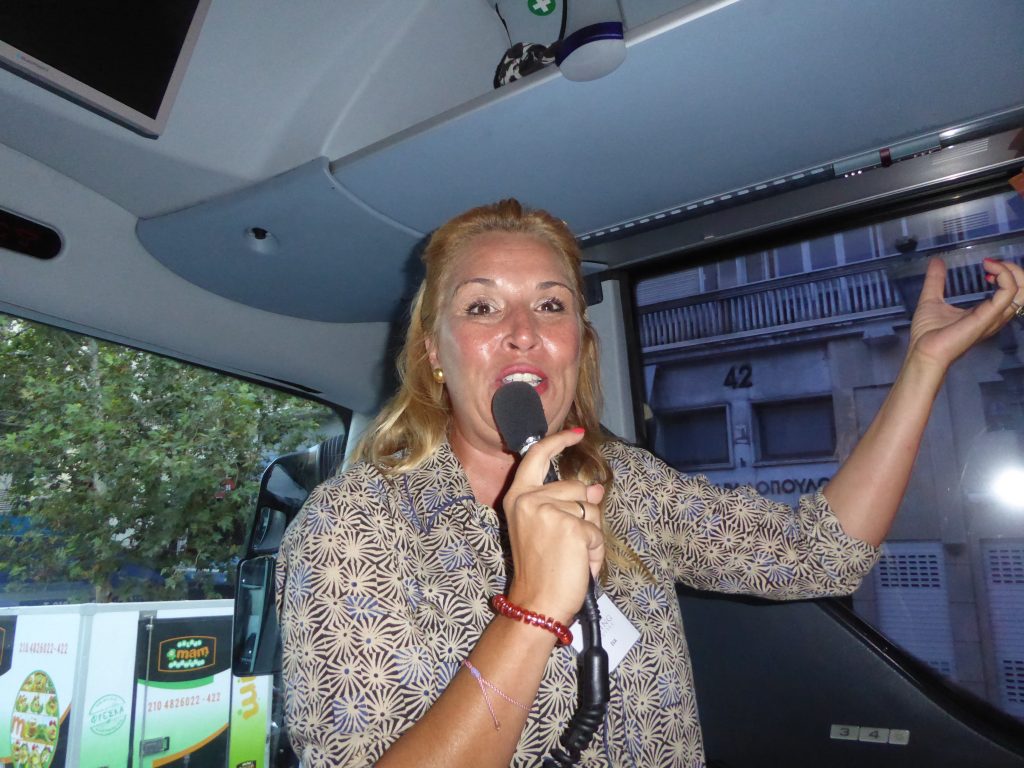
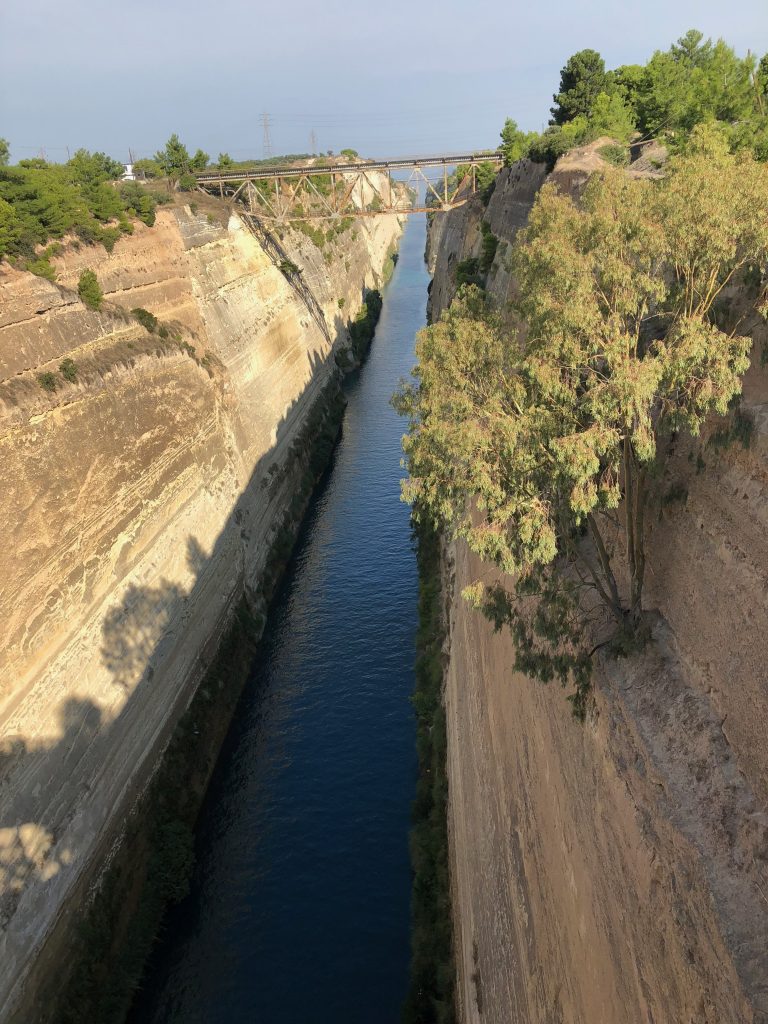
Eva told us that it was a dream for Greek and Roman rulers to construct this waterway. It was finally completed by the French company that built the Suez Canal. More than a thousand years from dream to reality!
On to Mycenae, a millennia-old military stronghold. Eva spoke with conviction, telling us that, “Mycenae was the start of everything.” This ancient city state was the home of Agamemnon who led The Greek forces against Troy in the 16th century BCEE. Homer completed the Iliad here in the 13th century BCE. The original was verbal. It wasn’t put into writing until the eighth century BCE.
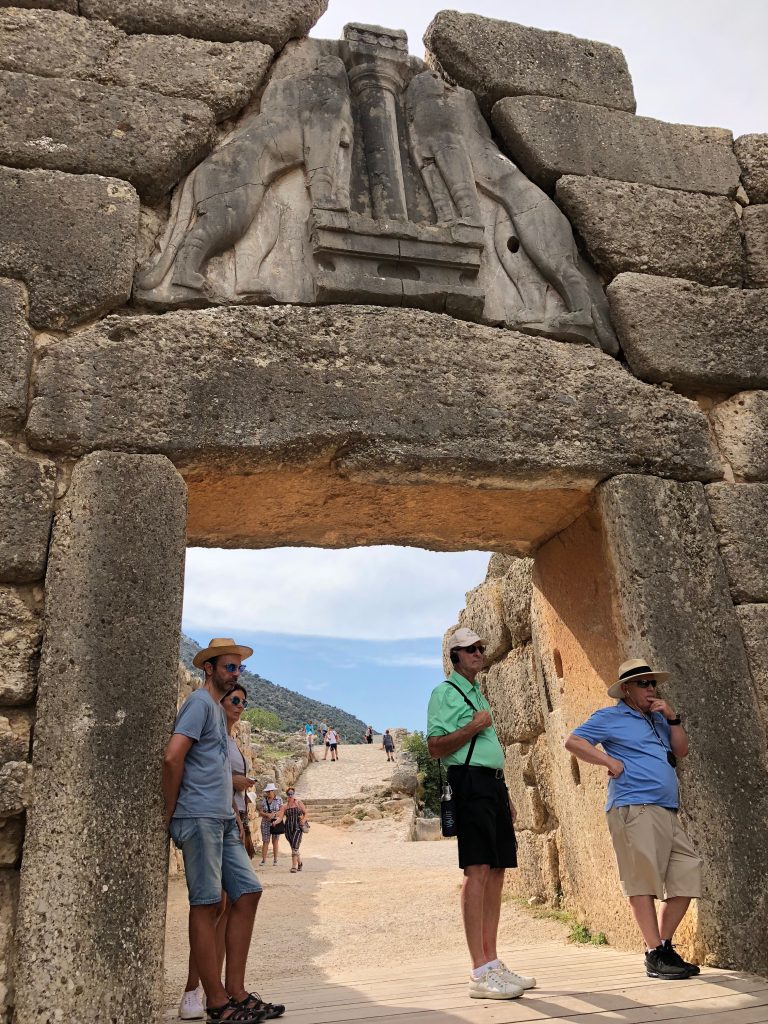
We walked through the Lion Gate – the entrance to the Mycenaean complex. This amazing structure was described by Homer in The Iliad—and when well known archeologist Heinrich Schliemann started to excavate the site in 1870 he was able to find it and verify much of what Homer had written.
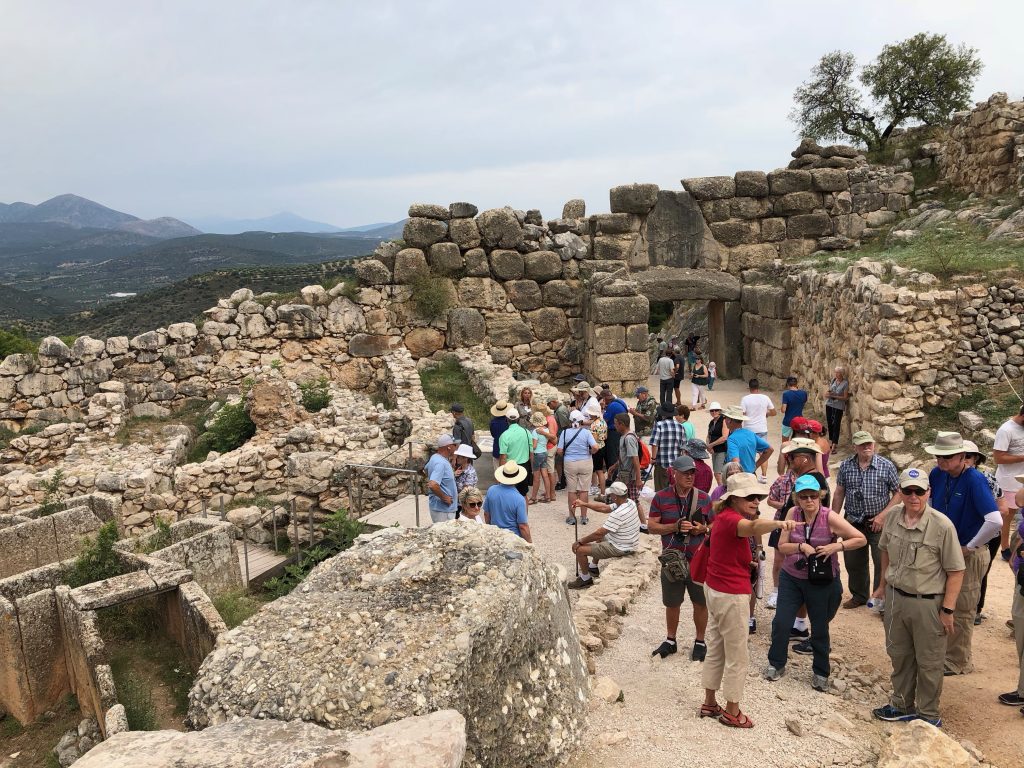


Our group visited a beehive shaped tomb know as The Treasury of Atreus where members of the Mycenaean royalty were buried. This perfectly shaped tomb was built between 1350 and 1250 BCE into the side of a hill to camouflage it from potential grave robbers. The perfect placement of rocks to form this burial area is all the more impressive given the year of its construction.
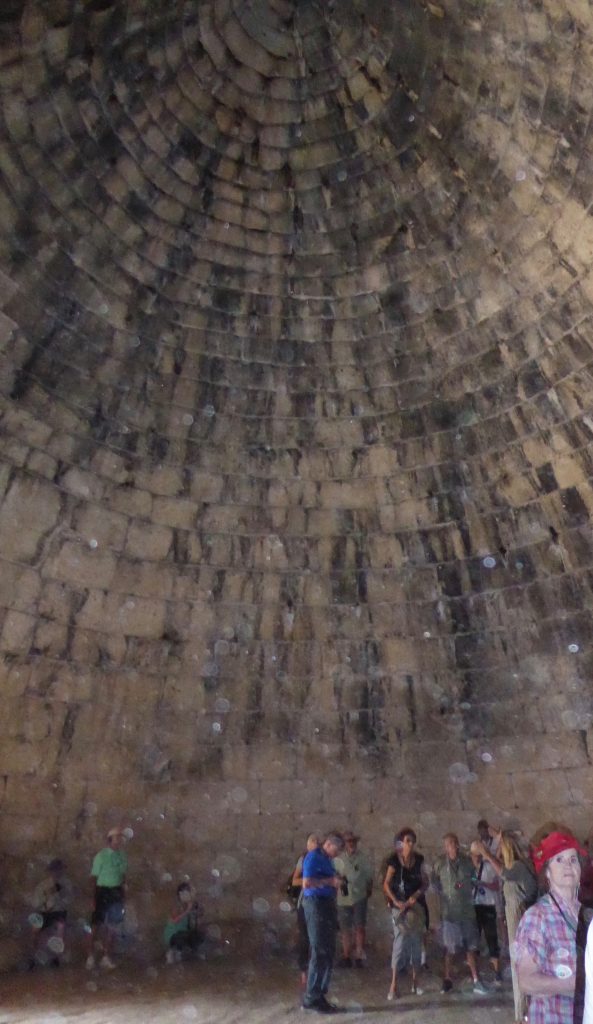
After a typical Greek lunch we drove to Epidaurus a 4th Century BCE town noted for its healing center and massive amphitheater. The area offered psychological as well as physical cures. It was selected by the Greeks since it offered running water as well as tranquility. Patients were subjected to a thorough regiment of exercise and psychological treatment.
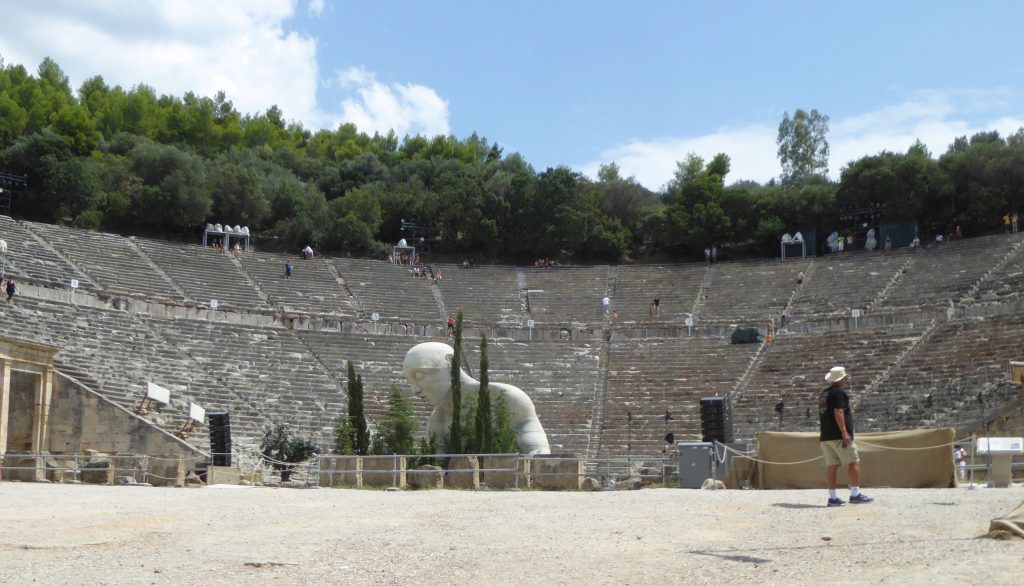
The ancient Greeks felt that entertainment was part of the healing process. The massive 14,000 seat amphitheater, built in honor of the god Dionysus on the slope of a hill in classic Greek fashion, still stands today. The acoustics are incredible due to the amphitheater’s design. Eva demonstrated that someone speaking from the stage could be heard throughout the theater. A great ending to an information-filled day.

After a free day, we headed north to Mount Parnassus to visit the home of the Oracle at Delphi. During the drive there, We passed the site of the famous battle between the Greeks and the Persians at Marathon. We learned that much of Greece is mountainous and contains several ski resorts. We passed by one as the bus wound its way to Delphi.
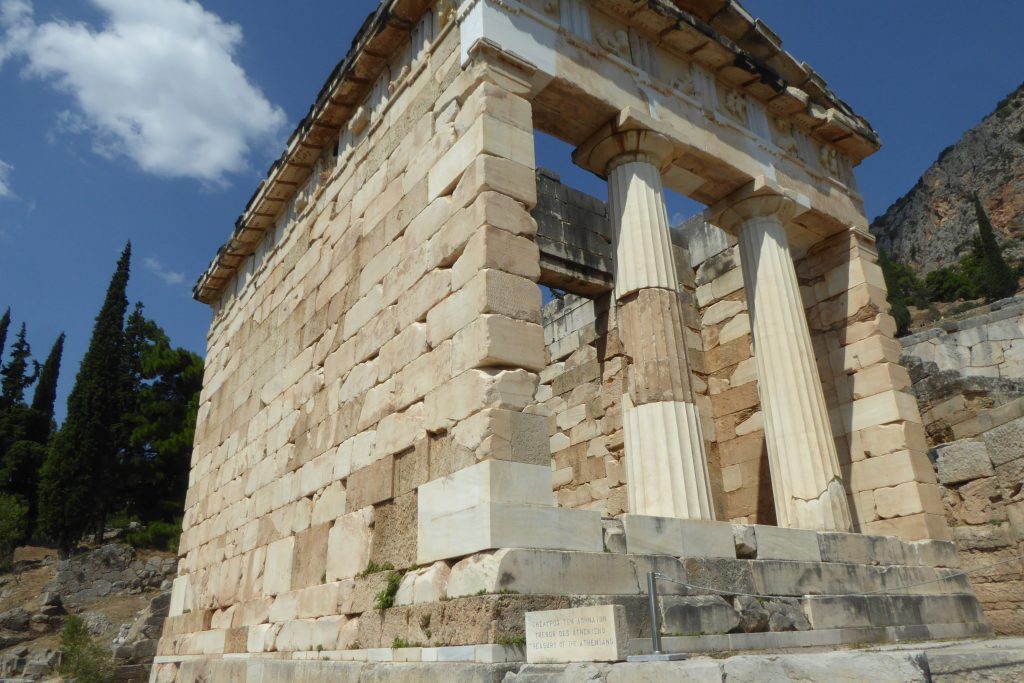

Delphi consists of many antiquities; The centerpiece is the Temple of Apollo where the Oracle conducted business by giving prophecies or telling the fortunes of persons requesting advice. There actually was more than one Oracle as various priests rotated the assignment. The area which reached its peak in the 6th century BCE also served as a gathering place for the representatives of the various Greek city states. Each city tried to outdo the other by building monuments and making financial contributions. We also stopped at the impressive Museum at Delphi.
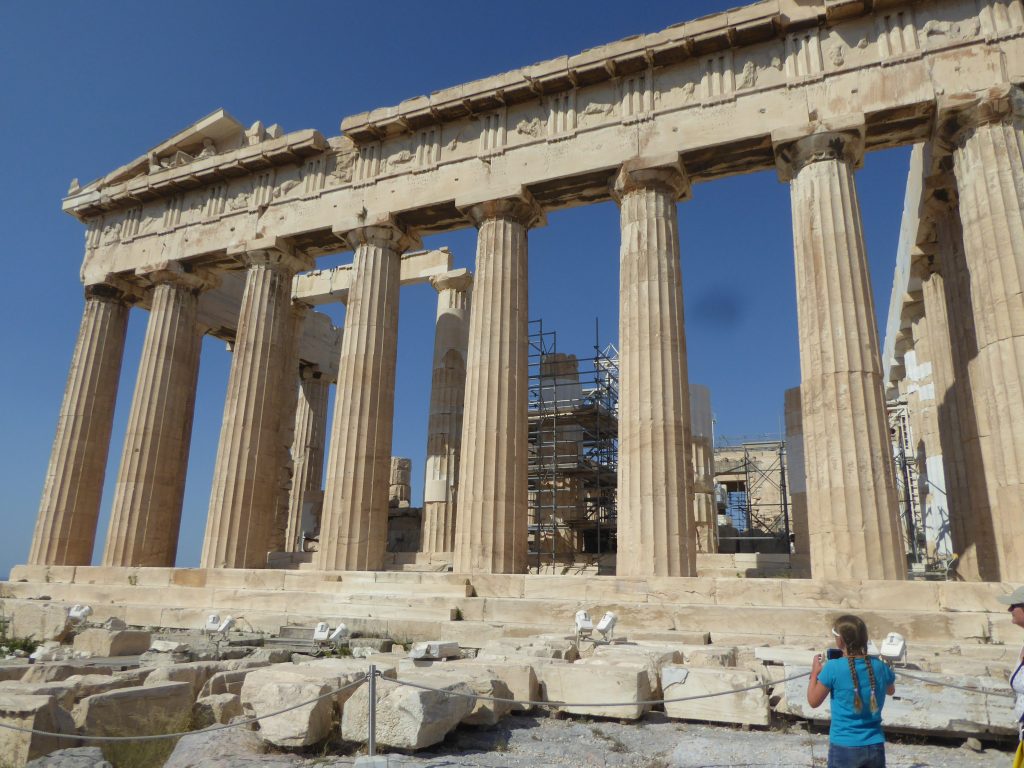
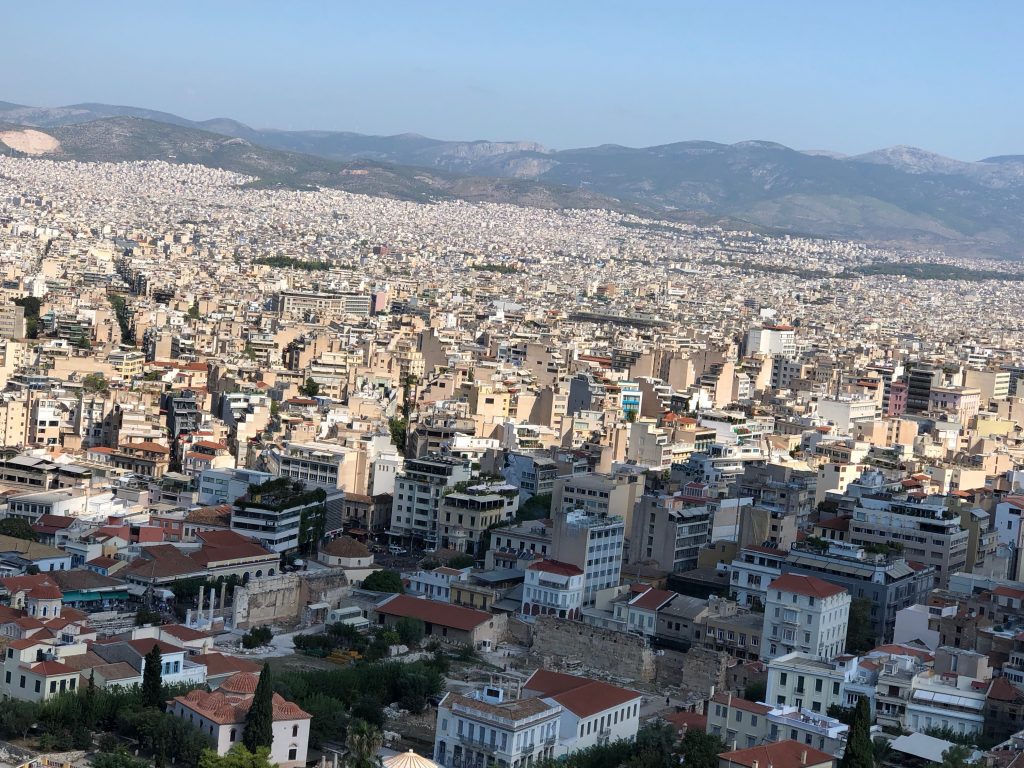
Our last day was the highlight of the pre-boarding excursion package as we climbed the Acropolis to get a close up view of the Parthenon. Eva explained that Acropolis stands for a hill and the spot was initially selected by the Athenians for defensive purposes. It contains the Temple of Athena which is the Parthenon. This spot served as a defensive, meeting, political, and entertainment center through the centuries.
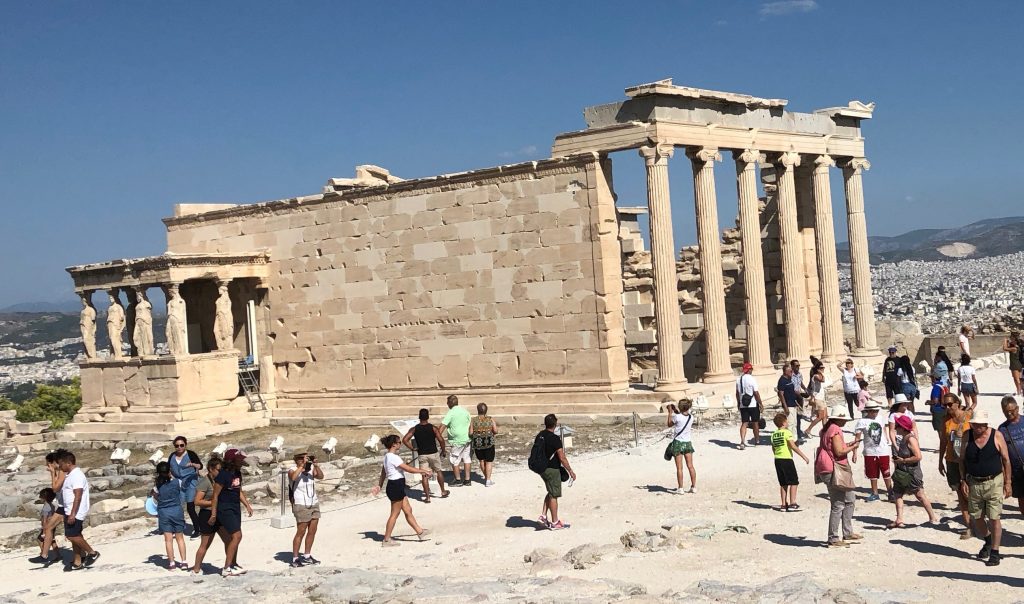
Pericles was responsible for raising the funds and supervising the reconstruction of the area in the 5th Century BCE after its destruction by the Persians. It was occupied by the Romans who actually added to the structure. Fortunately, we visited the sight during a slow day so the crowds were not extensive and we were able to maintain a leisurely pace while Eva explained the actual historical as well as the mythological history of the site.
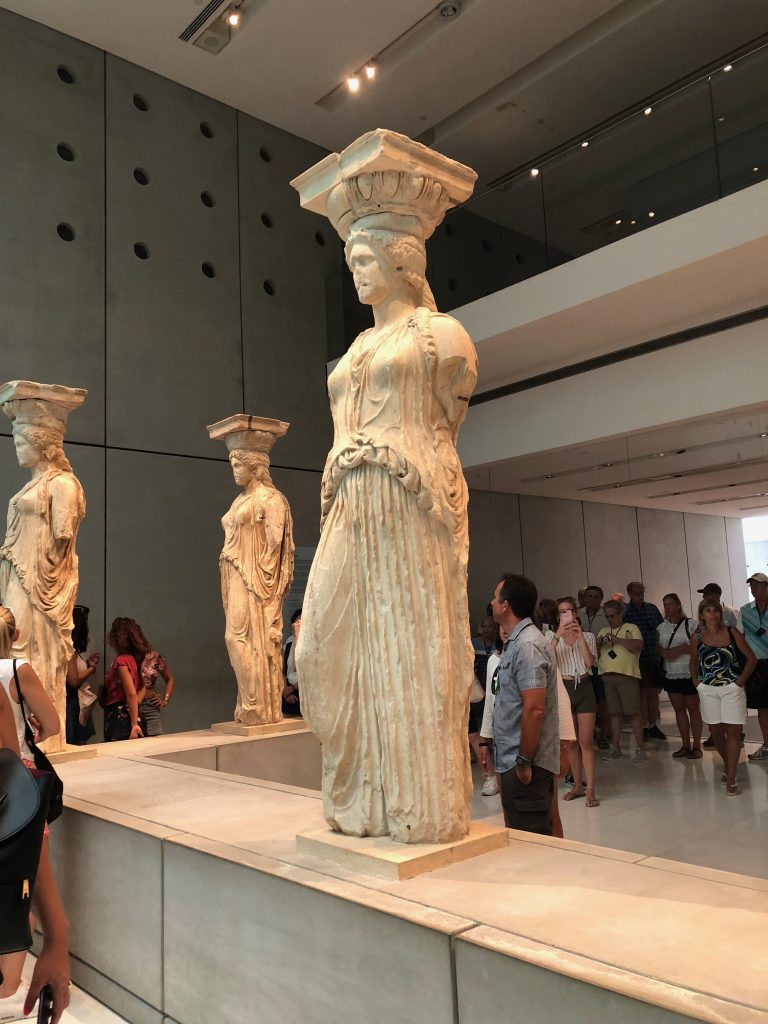
The visit concluded with a tour of the new ultramodern Acropolis Museum which contains a wide range of ancient Greek artifacts. Eva commented that Greece is still trying to reclaim Greek artifacts which are currently housed in the British Museum.
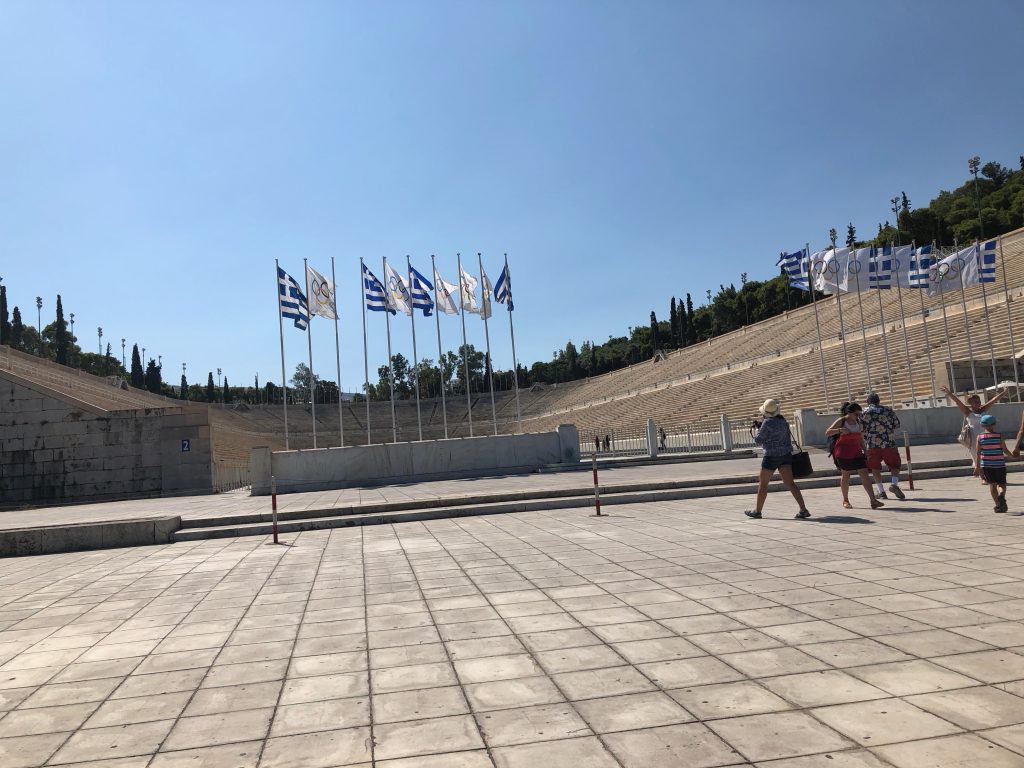
While driving to the Viking Orion which would be our home during the “The Passage to India Cruise” we stopped at the Olympic Stadium that housed the original 1896 Olympic games. We were also able to view the colorful changing of the guards at the Tomb of the Unknown Soldier in Syntagma Square in front of the Old Royal Palace.
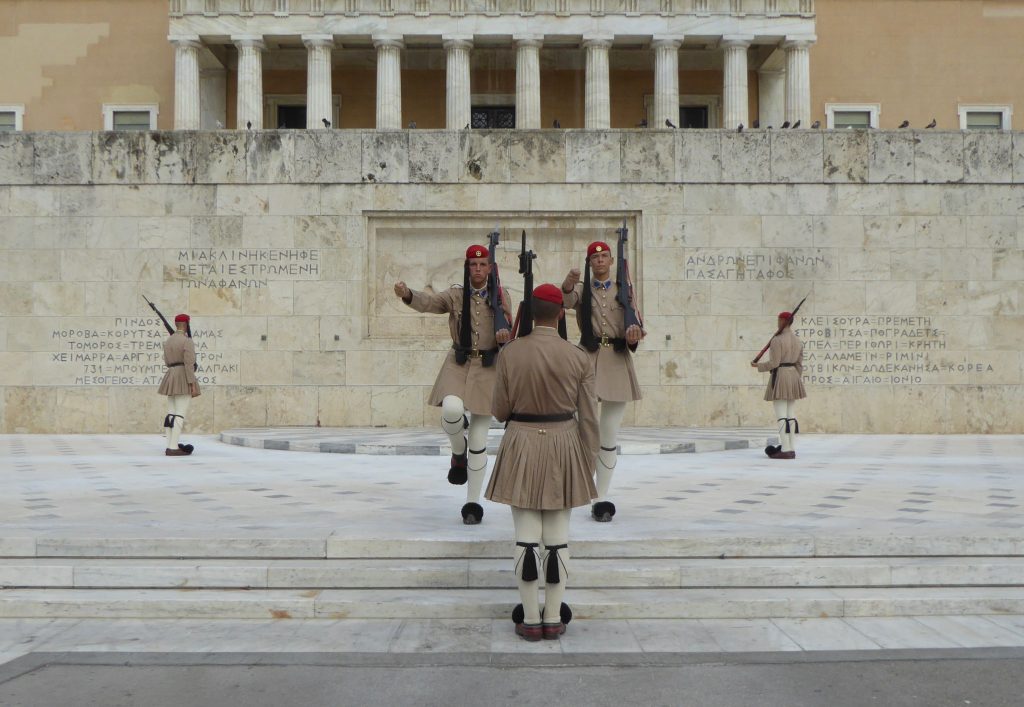
Viking’s Classic Greece Pre Extension enabled us to get a better understanding of Greek history and culture. Viking offers this package as both a pre and post extension in conjunction with its many tours originating or ending in Athens. It was certainly worth the time and dollars.

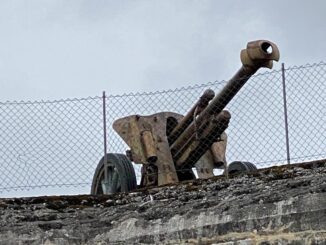


Be the first to comment